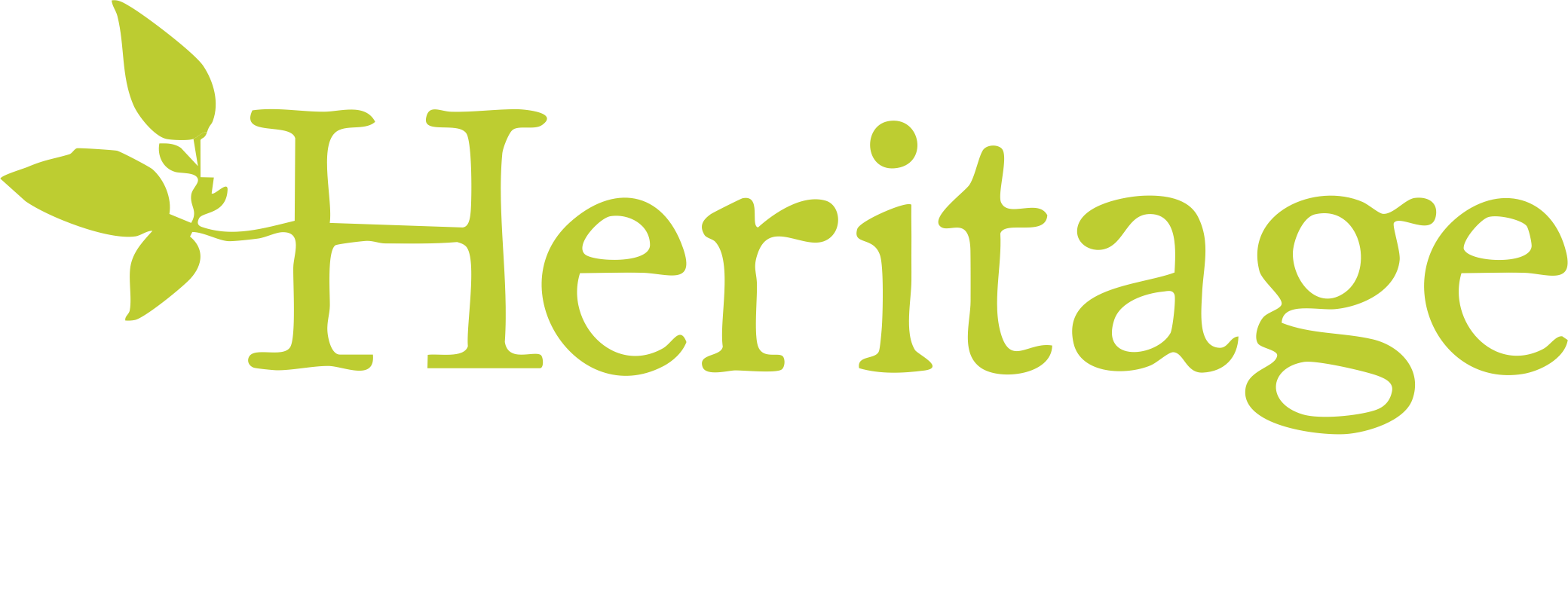Search Engine Optimization Explained
With the recent changes to Google’s search algorithms, we have had quite a few marketing executives contact us for help with SEO (search engine optimization). The conversation often goes something like this…
VP of Marketing: Hi Ryan I got your name from Tom. Do you guys do SEO?
Ryan: Hi VP of Marketing at medium-sized compan,yyes we do search engine optimization.
VP of Marketing: We had a company doing SEO for us and now our site is no longer ranking well at all. The web guy told us that we needed to add more keywords to our website. We have done that and things still have not improved. They now recommend that we “buy traffic” and do an SEO audit to get our ranking back. It just seems odd.
Ryan: What is your web address? Let’s see what you have going on.
(Long pause) …You have some really nice photographs on your site. But the real problem is (sigh) …..Your content is sparse Mr. VP of Marketing, so there is nothing to audit or optimize, and buying traffic is often not rewarded well.
VP of Marketing: What have we been paying for then?
Ryan: Sadly, I am not sure. Search results are tied to the quality of the information on a website.
SEO Cautions
Too often, this conversation is the unfortunate reality in today’s world of online marketing, web design, and development. Companies build flashy websites with rotating banners and cool music, but their sites are unable to be found in cyberspace.
After recognizing that the website is not serving in search results, the next action that is typically taken is an attempt to jam keywords into every place possible, and/or to put the site out to website link farms. This practice is also known as “BLACK HAT SEO”. Repetitively forcing keywords into the text as well as adding the url for backlinks to a series of spam sites helps for a little bit. Then once again, the searches drop off even farther. This is because when a prospective customer lands on the site they leave or “bounce” quickly upon not finding the information they were eagerly seeking. Google can recognize that you have “keyword stuffed” and “link-farmed” and they will rank the site accordingly. In today’s competitive search space you simply cannot fool Google for very long. The site now falls further in its search ranking.
So What is the Solution to Get My Website Found?
Enter the giant elephant, filling the entire room! The “buzzword” that is not going away or going out of style anytime soon: CONTENT!
The greatest differentiator on whose site gets served in the “SERP” is the one with the most visited pages and relevant, viable, shareable content. Google is a strong rewarder of websites that deliver quality information to its audience. Believe it or not they actually do want you to serve on top. The key is to creating text and images that people want to see. Do these things and then you really will be able to optimize your page rank and online score. Once a strong content foundation is laid then, and only then, can effective optimization for Google, Bing and other search engines be achieved. Content truly is king. Our team at Heritage Marketing Group really shines in the area of deciding on what content needs to be bolstered, added or refined.
Content Should Be:
- Audience Focused
- Engaging
- Valuable
- Sharable
Search engine optimization (SEO) is an area of marketing expertise that reviews analytic reports on engagement, exit pages, bounce rates, and overall traffic visitor flow. The data is interpreted through precise metrics using sophisticated software and web content analysis tools.
We look at complex metric trends over time as they relate to phrases and keywords that may be searched for or “queried”; we are then able to make informed recommendations that will improve a company’s content and overall ranking. The name of the game is to get the right information into the right customer’s hands – this is where content strategy and search engine optimization offer the most lasting investment.
If you find your website in not showing up in search like it used to, give us a call and learn how to begin finding more customers online.


